The story of the tragic death of American schoolchildren on Mount Hood
Categories: Catastrophes | North America
By Pictolic https://pictolic.com/article/the-story-of-the-tragic-death-of-american-schoolchildren-on-mount-hood.htmlThe tragedy that happened in 1986 did not become the property of wide screens. Everyone involved in those shocking events is still wondering if it was possible to prevent the deaths of teenagers.
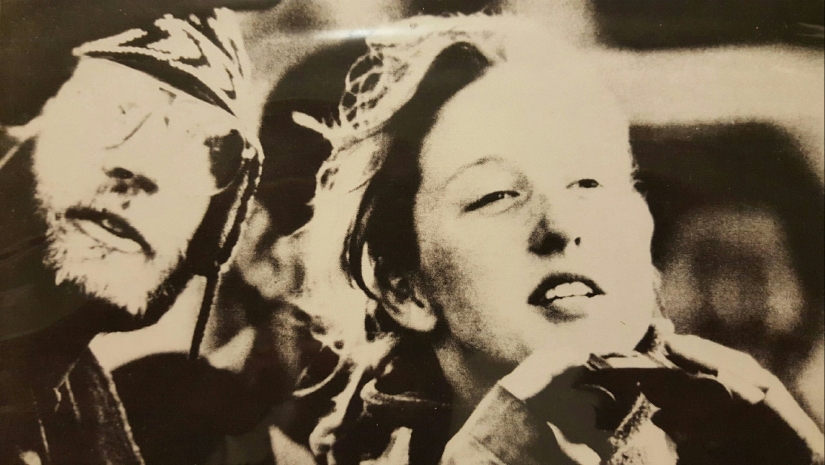
Every year, students and teachers of the Episcopal School of Portland (Oregon) gather to honor the memory of the students who died on Mount Hood. High School chaplain Melissa Robinson conducts the service. Reverend Corbet Clark reads out the names. The ringing of the bells is interspersed with the names of the dead. Nine people — nine lives cut short. Seven schoolchildren and two instructors, for whom the conquest of the stratovolcano was the last adventure in this earthly life.
The school program of high school students of the Episcopal School included a mandatory one-day hike. In 1986, it was scheduled for May 11. The students had to conquer the peak of Hood in 12 hours, climbing to a height of 3429 meters. The adventure expedition was designed to rally the team, teach mutual assistance in extreme conditions.

We gathered to start the campaign on the eve of Mother's Day in 1986. The stratovolcano, which towered on the horizon outside the city limits, was a familiar background of everyday life for many. It was planned that by the middle of the day the expedition would already be at the top. No one then imagined that a tragedy would happen that would end nine lives and change the fate of many forever.
The preparation lasted several months. The teachers taught the technical aspects of climbing and descending, how to secure insurance in case of a fall on themselves and a friend, how to provide first aid. The students learned how to use a camping stove, put up tents. The equipment of the group of 20 people included carbines, belts, slings, crampons, one sleeping bag, two first aid kits, nylon tarpaulin.
Each climber had with him a set of hangers for marking the route, a sapper shovel for cutting down the crust. The guys planned to take icebreakers and helmets at the Timberline Lodge tourist base. One by one, they entered the bright yellow school bus, cluttering the narrow passage with heavy equipment.
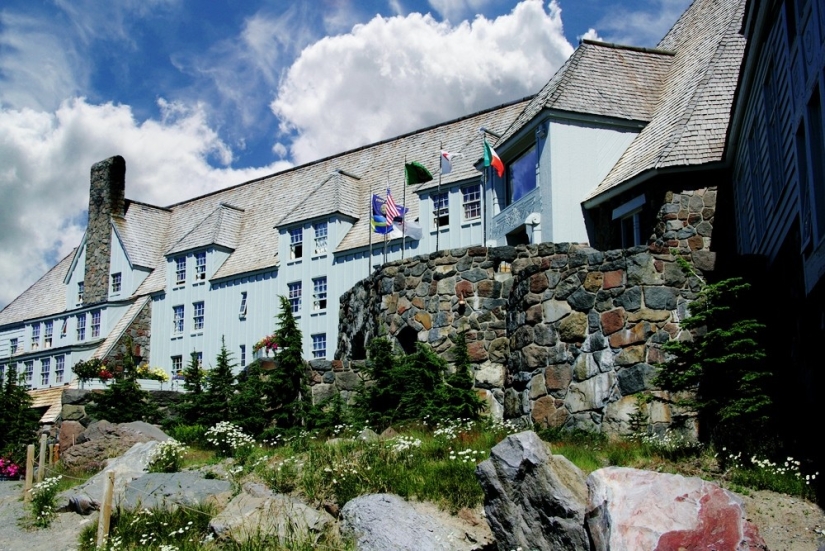
Dean Marion Horwell, who had no climbing experience, was on the bus. Of the parents, only Sharon Spray was present, who decided to accompany her daughter. At the tourist base, they were joined by two instructors and a guide. The group, led by 42-year-old school priest Thomas Homan, consisted of: 15 high school students, a priest, an administrator, two instructors and one guide.
A total of 20 people, nine of whom will die in the next four days. One of the dead girls Tasha Amy did not see in one eye, but she was very determined, so no one offered her to stay at home. The youngest student was 15 years old, the oldest was 19.
For several weeks the newspapers were full of headlines about the terrible story. News and reports could not answer the questions why exactly the children died. Three decades later, it became possible to collect information bit by bit. Today we can analyze the course of events in detail, determine the "point of no return".
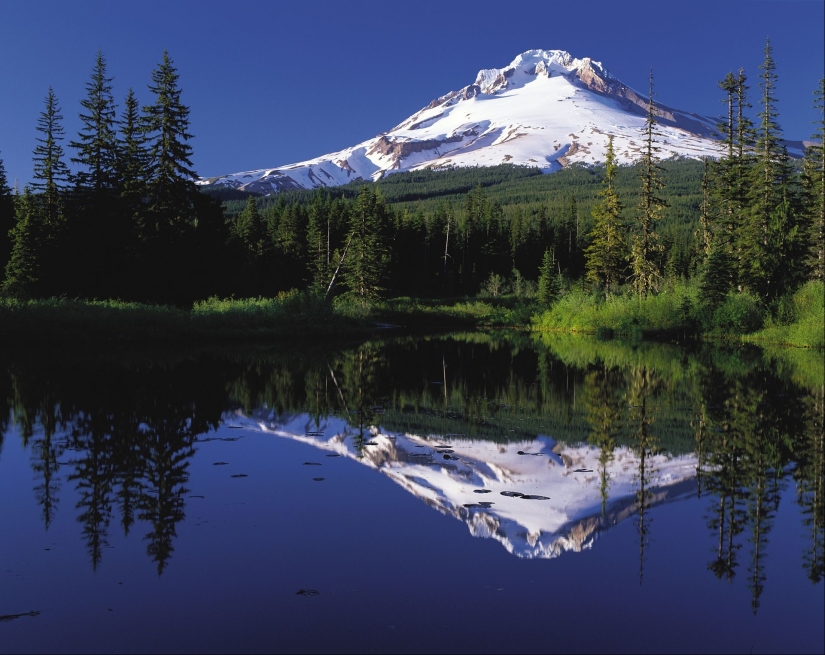
To date, the tragedy of the Episcopal School ranks second in the ranking of the most tragic events involving the death of climbers in North America, second only to the avalanche on Mount Rainier, which claimed the lives of 11 people in 1981.
The icy landscape of the Hood stratovolcano seems almost mystical in beauty. Active fumaroles release silvery plumes of steam, reflecting with a luminescent glow on moonlit nights. The apparent simplicity of the mountain range combined with the majestic beauty of the volcano attracts climbers. Over the past century, it has ended the lives of more than 120 people, which equates to the sum of deaths of all North American peaks.
The most obvious risks are: falls from a height, snow avalanches, glacier cracks, weather conditions. The success of the expedition largely depends on the leader's ability to make pragmatic decisions, radically change the route if necessary.
Tom Homan was the leader of the 1986 Episcopal School expedition. The students gave him the nickname "Ferder", formed from the abbreviations of the words "doctor" and "father". Tom Homan was ordained a priest and had a doctorate in philosophy. He was very popular with students, taught ethics, philosophy and mathematics.

Expedition member Joel Shalit, as the oldest of the schoolchildren, received additional training to help the leader in the campaign. A high school student discovered that Tom Homan had serious problems, the main one of which was recklessness. The school administration knew about this, but chose not to interfere, since he was an experienced climber.
The school bus took the group to the starting point of the route in 90 minutes. It was almost three o'clock in the morning. The air temperature at the last tree line was slightly above zero. The young climbers quietly set off. The warm snow muffled the sound of footsteps. There was nothing to remind of the unfavorable weather forecast for the afternoon. Tom Homan decided not to postpone the hike, relying on the group's imminent return.
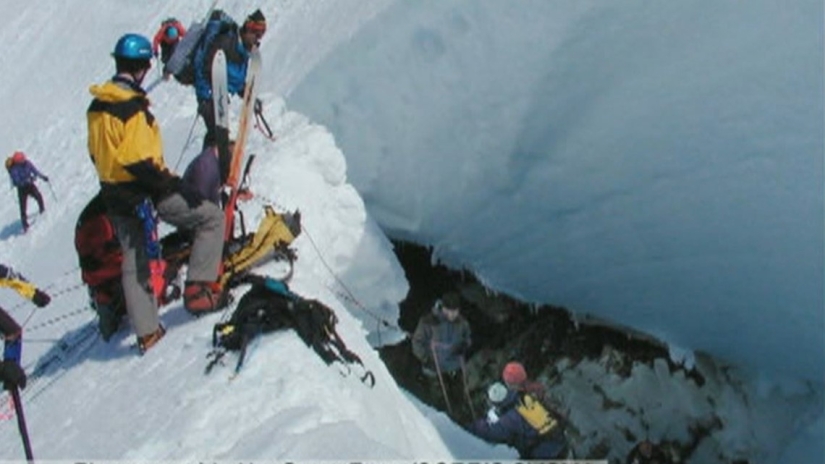
Meteorological services and news reports warned of a multi-day storm with high humidity and strong winds. According to KGW chief meteorologist Matt Zaffino, veteran climbers know that such a storm can quickly turn into a "death zone" without warning.
Despite the fact that visibility was still good at dawn, some participants expressed a decision to return back. Hilary and Sharon Spray were the first to start the descent. Hilary was worried about stomach pains. Her mother Sharon considered her daughter's well-being not good enough to continue the hike.
Leader Tom Homan tried to convince them to stay. He had to put pressure on other students to stop talking about returning. The students trusted the leader, who, in their opinion, knew what was best to do. Hilary Spray knew it was best for her to get back as soon as possible. The remaining 18 participants continued climbing. Hilary will always remember the picture with a string of people going up.
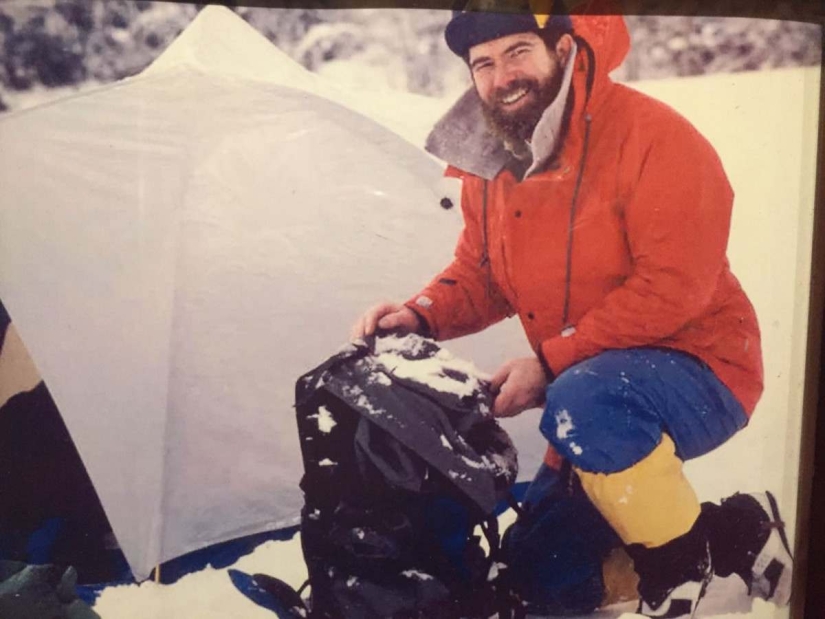
At an altitude of 2,133 meters, two more participants expressed a desire to return. Lorca Smetana suffered from seizures and asked Tom Homan to stop climbing. He didn't do it. The girl decided to return to the Silcox Hut climbing station. Another climber Courtney Boatsman went with her. The route down was not dangerous even in inclement weather.
Even before noon, Di Zdunyak began to rapidly lose her eyesight due to the bright snow reflecting sunlight. She had to go down accompanied by two other climbers. They left the group at 11.30. Of the 20 who started, 13 people remained.
The weather began to deteriorate two hours after Di Zdunyak left. The conductor Ralph Summers suggested changing the route. Tom Homan decided that they would have time to climb to the top and descend before the weather. Summers managed to convince the leader only at an altitude of 3,352 meters. There was a very strong wind blowing, the conditions became too dangerous. But even now Tom Homan did not change the route, but only allowed the guide to go back.
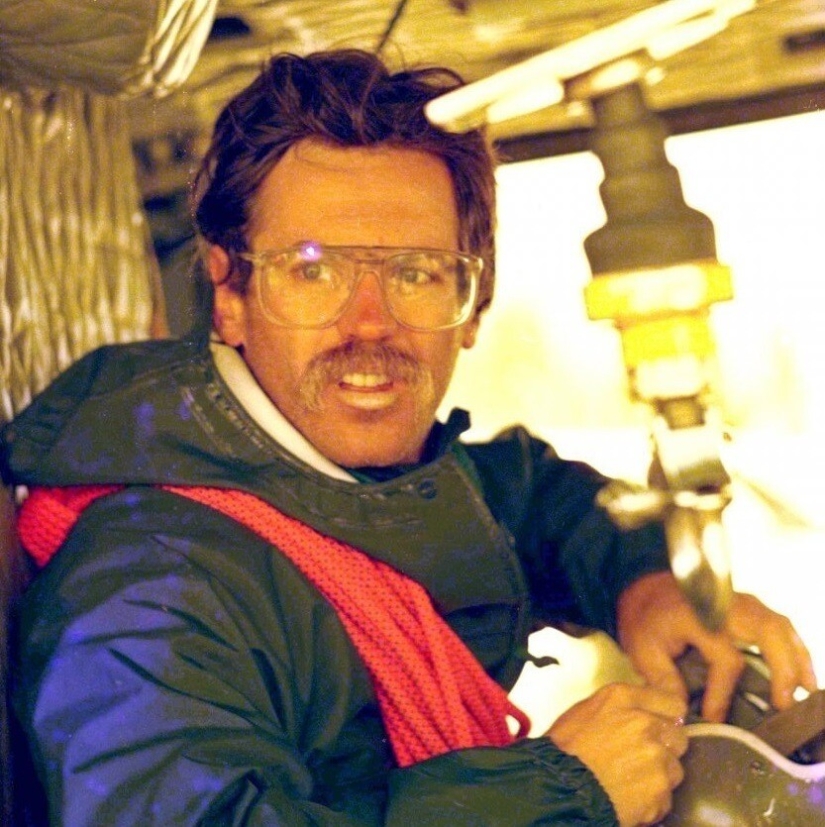
By this time, the visibility limit had been reduced to ten meters and Ralph Summers returned to the group to convince the leader to start the descent. It was necessary to bring the guys together so as not to lose the laggards. The storm, coming from the Pacific Ocean, was rapidly gaining strength. Even in such difficult conditions, it was still possible to go down.
A difficult day brought more and more problems. The youngest climber Patrick McGuinness began to show signs of hypothermia. The skinny boy lacked insulating fat. He began to talk and fell into the snow, unable to continue on his way. It became clear that the idea of descent was under threat.
The group managed to descend only fifty meters and grouped just below the Hogsback. In good weather, the black dots denoting people would be visible from Timberline Lodge. But visibility was reduced by six meters. In such conditions, people become disoriented, unable to distinguish between heaven and earth.
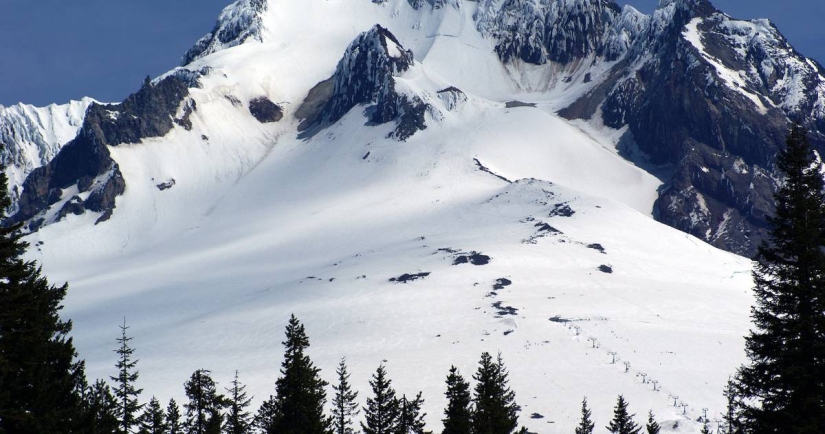
The rest can be safely called fatal heroism. High school students snuggled up to Patrick, trying to shield him from the icy wind. They put him in a single sleeping bag. Susan Mcclave took off her gear, shoes and jacket and climbed into her sleeping bag, trying to warm her friend with the warmth of her body. Generosity and mutual assistance turned into critical losses of precious warmth, which Susan subsequently lacked to survive.
Summers deployed a field furnace to boil water. He added lemon drops to it. Giles Thompson gave hot lemonade to a 15-year-old climber. The actions of his comrades helped Patrick to warm up, but the guys lost precious time. Tom Homan adjusted the course by 20 degrees to bypass the canyon and handed the compass to the climbers ahead.
It is possible that by that time the leader was already experiencing cognitive problems. Fatigue and cold clouded his consciousness. As a result, the group began to move sideways, not down. Guide Summers realized they were lost when the group stopped at the edge of a deep crack in the ice. Such cracks are very dangerous because they are not visible under the snow. It was already 19 o'clock in the evening.
The expedition was in a critical situation. It was getting dark fast. The snow storm did not allow me to orient myself. Visibility was approaching zero. The leader and the guide decided to dig a shelter for children in the snow. The cave turned out to be narrow and not high enough. It could only hold eight people. Five more had to stoically endure the bad weather outside, periodically replacing each other.

People were sitting in the cave close to each other. The walls began to thaw, a snow porridge formed on the floor. Some students were sitting in puddles of water. The conditions were unbearable, there was not enough air, some had panic attacks, claustrophobia. The students had to constantly keep the cave entrance open and clear it of snow.
Tom Homan spent half the night outside, finally losing touch with reality. At dawn he couldn't count to ten. It became obvious that the leader is not able to make decisions and the rescue of climbers is completely in their hands.
Guide Summers decided to go for help. High school student Molly Shula volunteered to go with him. They took a minimum of equipment for the descent. Although they deviated from the course with Tom Homan, but these two were lucky to get to the Good Meadows ski resort at 9.50 am.
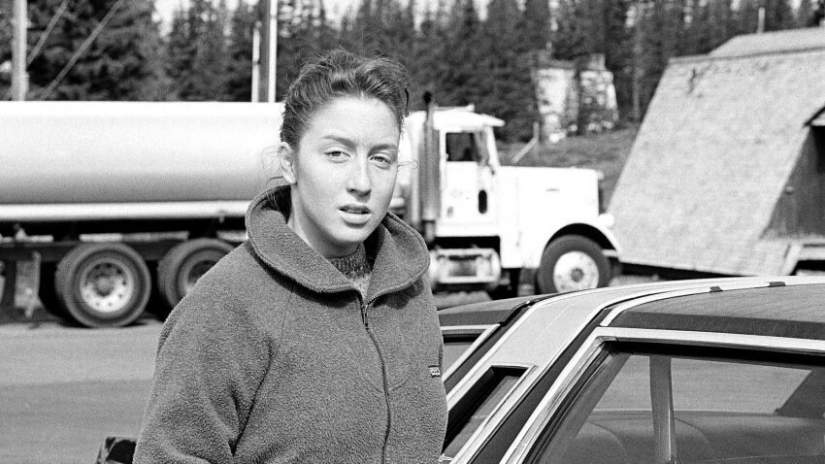
The climbers in the cave were losing hope as the storm did not abate. They were on the verge of despair. It was painful to breathe from lack of oxygen and high humidity. Teenagers tried to maintain air access. The snowstorm took away the shovel, we had to use an icebreaker.
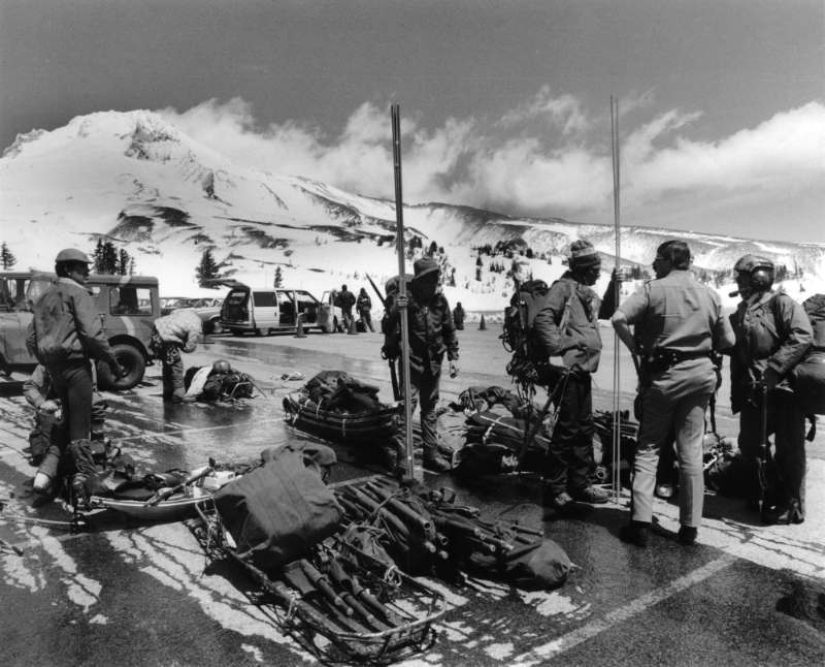
The climbers continued to change. The next group consisting of Alison Licirberger, Erin O'Leary, Eric Sandvik came out. The blizzard continued to rage. They were unable to return to the shelter because the snow completely covered the entrance. Three schoolchildren found themselves outside in an icy wind. Eight more people were buried alive underground.
The news reports did not cover the atmosphere of what was happening in the cave. Perhaps it is for the best that human curiosity did not affect the sacred space in which four teenagers and two adults died.
The first search group moved out at five in the morning. Three hours later, the Air Force special squad joined her. The search was conducted in the most difficult conditions. The high risk did not allow the helicopter to be lifted, which significantly narrowed the chances of success.
On Wednesday morning, rescue commander Mark Kelsey saw two black dots in the snow. Approaching, he found the dead bodies of schoolchildren. They were lying on the snow in the fetal position, trying to keep warm. At the same time, the second group of rescuers found Sandvik's body. After unsuccessfully trying to get into the cave, he just fell on the snow and froze in the same position. His body was lying directly over the heads of friends buried alive in a cave.
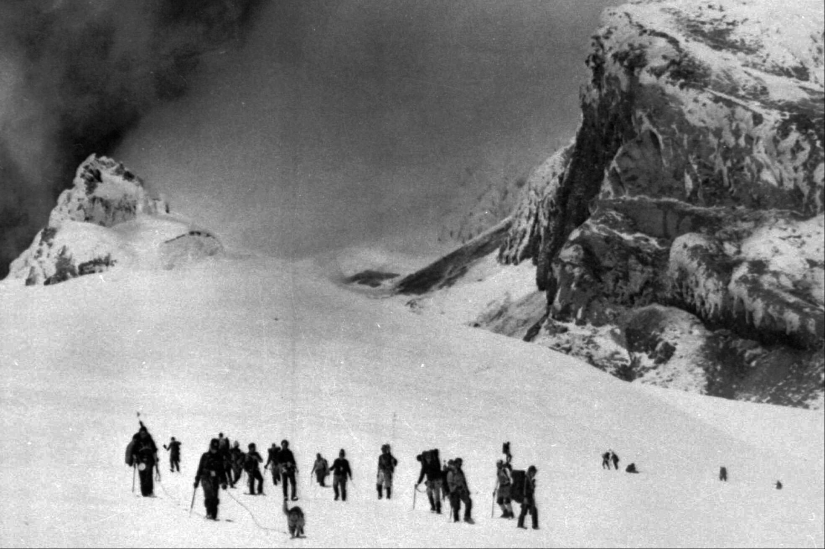
Kelsey carefully studied the location of the bodies of the victims and found some connection. Armed with avalanche probes, the group carefully studied the area. Meanwhile, a helicopter arrived to transport the bodies of the dead.The public's hope was so great that the sheriff who took the helicopter call wrote the wrong code "survivors" in the log, and the doctors were preparing to use warm oxygen to treat hypothermia.
The search for the other climbers lasted a long three hours. The mission was redirected after Summers' guide pointed to another location. Kelsey thought they were very close to success, while Summers was taking the search in a different direction. Volunteers came from all over Oregon.
When the storm subsided, it became clear that any traces were buried under the snow and the mission was doomed to failure. Sergeant Richard Harder fervently urged not to give up and continue the search. Up to that point, he had already conducted 24 unsuccessful missions out of 304. Richard Harder and his team really found the ill-fated cave.
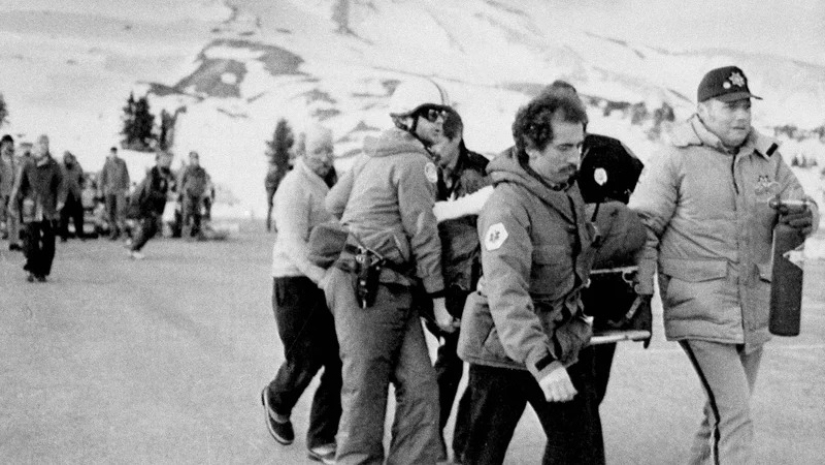
Among the dead bodies, only Clark and Thompson showed faint signs of life. The helicopter urgently delivered the survivors to one of the hospitals. Briton Clark was not critically injured. Giles Thompson's condition was alarming. His heart stopped on the operating table. The surgeon performed direct stimulation of the heart muscle to save the patient. Thompson lost both legs due to frostbite.
In June 1986, the Oregon State Administration honored the memory of the participants of the ascent. Susan Mcclave was awarded posthumously for leadership and self-sacrifice. The Episcopal School of Portland has initiated an official investigation involving experts in mountaineering and hypothermia. Responsibility for the tragedy was assigned to Tom Homan.
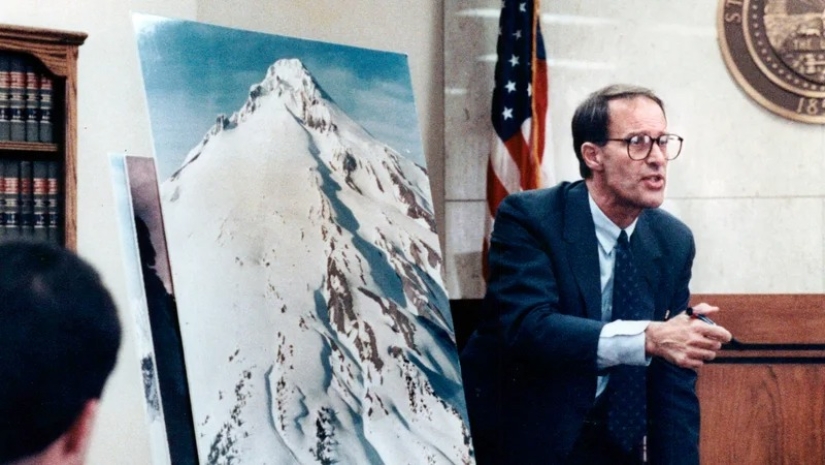
The insurers of the school refused the families of the deceased students in monetary compensation. The McGuinness family filed a wrongful death lawsuit. The parties settled the conflict two days before the trial. Richard Heder's father demanded $2.76 million in compensation from the school. The court decided to pay only 500 thousand dollars.
Summers changed from Oregon to Washington State, works as a mental health manager, rarely gives interviews. He lives in a small town overlooking Mount Hood.
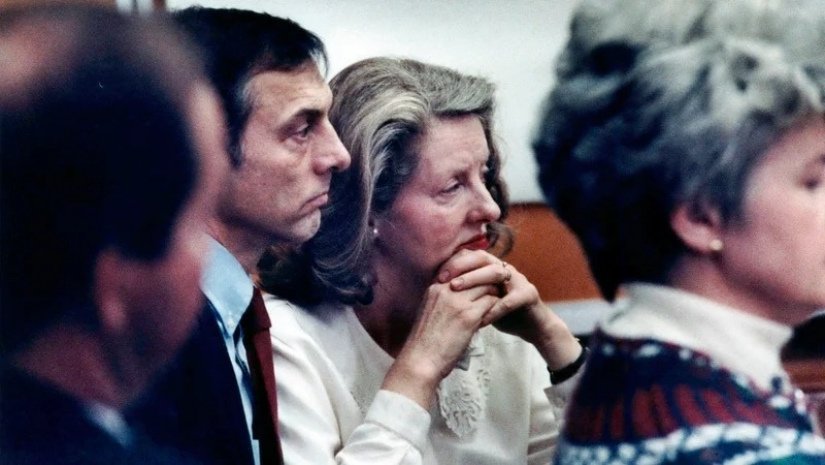
Sergeant Richard Harder lived 44 years and died of a heart attack. His grave lists the awards and ranks he earned during the two wars.
Briton Clark devoted her life to helping other people, spent two years in the Peace Corps. After graduating from medical school, she began working as a therapist and teaching in her native Portland.

Lorca Smetana teaches at the University of Montana, gives advice on human rescue.Susan Mcclive's mother became a volunteer, devoting three decades to helping low-income families with children. She died from the effects of an aneurysm.
Tom Homan's widow went through a prolonged depression. She came back to life because of her love for a woman, which caused the disapproval of the church.
The dean's daughter, Mariol Horvel, took the loss hard. At the time of the tragedy, she was 12 years old. After her mother's death, she had to move to England to live with her father. Now she is a professional psychotherapist.
The Episcopal school no longer practices annual ascents of Mount Hood. In 1999, a student of the school, Patrick Lamb, climbed to the top of the volcano to leave two sheets of laminated paper with prayers for the dead there.
Recent articles

Everyone loves dogs. Everyone likes to sleep. And the world just loves sleeping dogs! Puppies, like human cubs, need to sleep a ...

You can learn a foreign language in just a few days. Of course, if this is the Toki Pona language, invented in 2001 in Canada by ...

Death is the worst thing that can happen to a person. At least, that's what we think. Although, perhaps the worst thing is when you ...